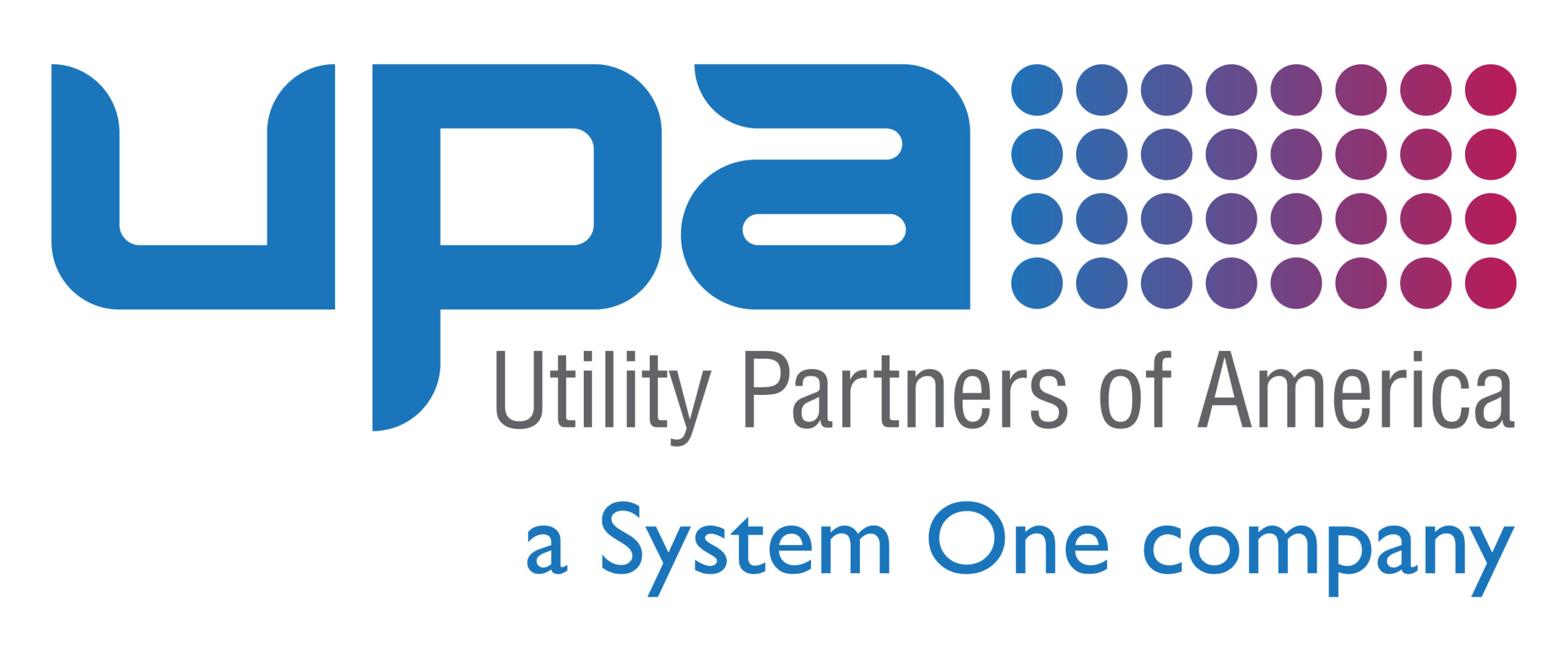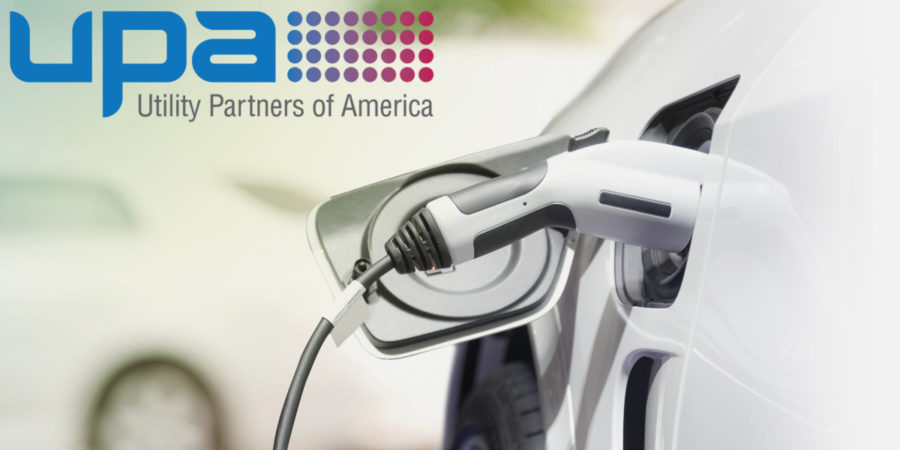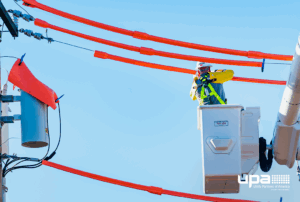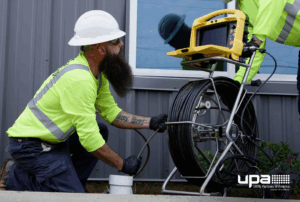The number of electric vehicles (EV) purchases has steadily risen, led by growing interest in environmentally-conscious consumerism. In fact, more than 10 million EVs are on the road today, signifying a good start toward the vaunted “Net Zero Emissions” proposal. EVs have become a popular choice for commercial fleets, as well.
As part of the EV100 initiative, some of the biggest companies in the world have committed to more than 5.5 million EVs by the end of 2030. There are commitments for more than 2 million corporate and leased vehicles from U.S.-based EV100 companies alone. 32,000 are already in operation. With an emphasis on transitioning, the importance of safely using and charging these automobiles can’t be understated. Here’s a quick look at some of the dos and don’ts of safe EV charging.
Stay safe when charging an EV
The first thing you should know is that there are three different levels of charging. With “electric vehicle supply equipment,” or EVSE, levels 1 and 2 are available for charging in a residential setting using specialized equipment installed by a qualified electrician. This is an important factor for utilities that enable employees to take fleet vehicles home with them. Level 1 EVSE provides charging through a standard household receptacle, which must have GFCI protection to prevent shocks and electrocution. By contrast, level 3 is unsuitable for a residence. Level 3 charge stations, also known as fast or superchargers, are often found outside high-traffic retail spots.
Before using any charger, have an electrician check that your electrical system is equipped to charge an EV. No one knows how to charge an EV better than the manufacturer, so follow any instructions provided. Also, purchase charging equipment that has been tested and listed by an OSHA Nationally Recognized Testing Laboratory.
Water and EVs
Unlike most other electrical equipment, EVs are designed to function in and around water. “When you charge your EV, you are not exposed to the direct electrical current. Electricity will not flow through the charging station without being firmly locked into your car’s charge-port” (Drive Electric Colorado). Also, charging stations themselves are designed to keep you and your vehicle safe while charging, regardless of the weather. In addition, “EVs work in a less complex way than fossil fuel powered cars, meaning that some of the traditional risks with taking cars through deep water no longer apply,” (Perry, 2018). It’s generally not recommended to drive in heavy rain with deep puddles. But if you’re stuck driving in a storm, rest assured that your EV is designed to get you home safely.
Utility Partners of America has extensive experience and can help with the installation of Electric Vehicle Supply Equipment (EVSE)
For businesses of all types, including utilities, Utility Partners of America (UPA) has been the partner of choice for EV Services. Our offerings include large-scale installations, charging station data analysis, post-project repairs, maintenance, and unit replacements.
At UPA, we’re uniquely skilled to assist utilities like yours in the transition to an EV fleet. UPA is an Unlimited Licensed Electrical Contractor, with certified EV installers. You can have peace of mind that our installations will keep your employees and customers safe.
To learn more about our EV services or hear about our other offerings, contact us or call (888) 667-1411 today.




